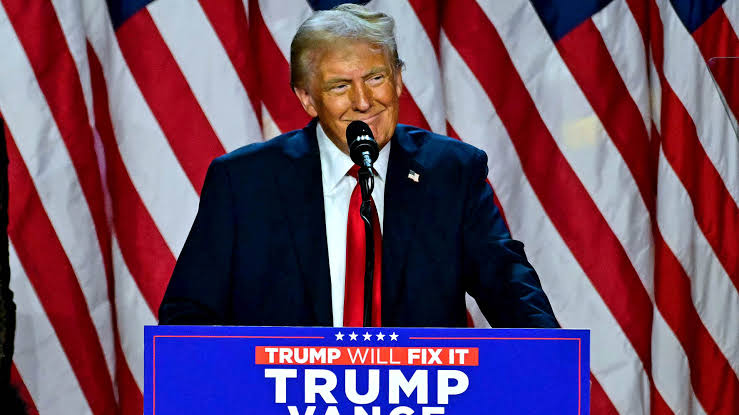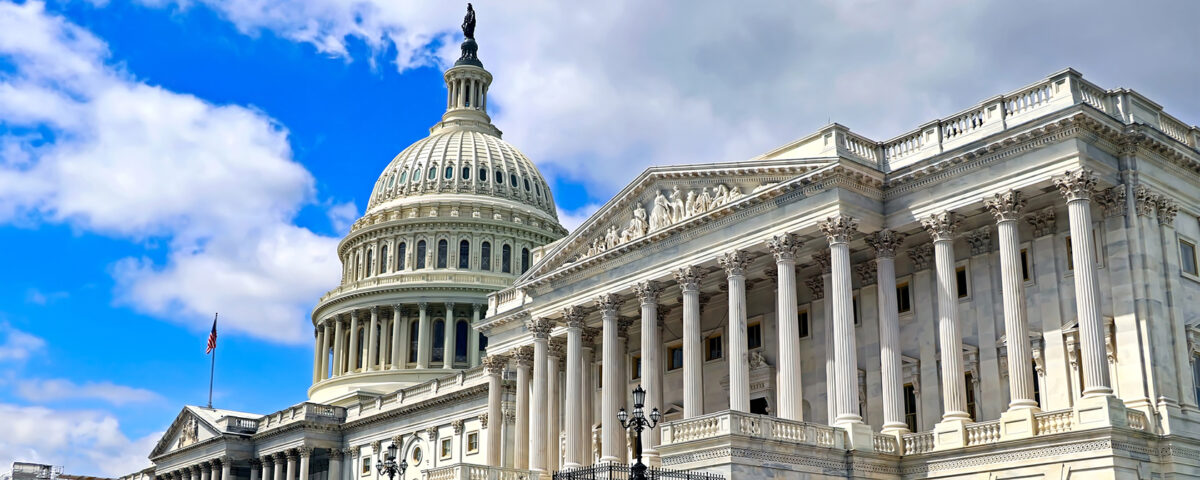Ketanji Brown Jackson freezes $4 Billion in SNAP benefits,what it means for Millions of hungry Americans

Supreme Court Justice Ketanji Brown Jackson attends the State of the Union in 2023. Image Credit: Tom Williams/CQ-Roll Call via Getty Images file
Justice Ketanji Brown Jackson has issued an emergency order temporarily halting the release of full SNAP benefits to more than 42 million Americans. The ruling, made late Friday, came after the Trump administration appealed a lower-court decision that required immediate distribution of the full food-stamp allotment for November.
Jackson’s intervention effectively allows the government to withhold about $4 billion in funding for now, citing the need for further review by the First Circuit Court of Appeals. The order is administrative and short-term, but it has far-reaching consequences: for millions of Americans already struggling through the government shutdown, it could mean days or even weeks without essential food assistance.
Why the Supreme Court Stepped In, and What Jackson’s Role Means
As the justice responsible for emergency cases from the First Circuit, Jackson’s action was procedural but powerful. Her administrative stay doesn’t decide who’s right or wrong, it simply “freezes” the lower-court’s ruling while the case moves through the appeals process. This stopgap measure was requested by the Trump administration, which argued that full SNAP payments were financially and legally unsustainable amid the shutdown.
The lower court, led by Rhode Island Judge John McConnell, had previously ordered the administration to pay benefits in full, calling the government’s partial funding “arbitrary and capricious.” But the administration pushed back, saying it lacked the budget to do so without congressional approval. Jackson’s move now puts that decision on hold, leaving state agencies, grocery stores, and millions of low-income families in limbo.
Government Shutdown Leaves Food Aid Hanging in the Balance
The federal government shutdown, now the longest in U.S. history, has paralyzed numerous public programs, but few have hit home as sharply as the SNAP suspension. The U.S. Department of Agriculture (USDA), which oversees the program, says it has only enough contingency funds to cover partial payments, not the full amount ordered by the lower court.
With one in eight Americans relying on food stamps, the uncertainty has spread quickly. States such as Kansas, Wisconsin, and Pennsylvania rushed to issue full benefits to residents before Jackson’s order took effect, creating funding imbalances that the USDA must now untangle. Meanwhile, food banks across the country report surging demand as families brace for potential shortfalls in their monthly allotments.
Political Tensions Boil Over as Trump Administration Defends Its Move
The Trump administration maintains that the crisis is the result of congressional gridlock, not executive action. Solicitor General D. John Sauer argued that “only Congress can resolve this funding lapse,” calling the district court’s order “untenable at every turn.” The administration insists that Jackson’s pause was necessary to prevent financial chaos within the USDA’s nutrition programs.
Critics, however, accuse the White House of playing politics with hunger. Democratic governors in states like Maryland, New York, and Pennsylvania condemned the move, saying that the decision punishes low-income families who rely on federal aid to eat. Advocates warn that even a short-term delay could leave millions without enough to buy groceries before the appeals court rules.
What Happens Next in the Legal Battle Over Food Aid
The First Circuit Court of Appeals is expected to review the Trump administration’s appeal in the coming days. Depending on its ruling, Jackson’s stay could be lifted, or extended. If the appellate judges side with the lower court, the USDA would be forced to release the full benefits immediately. If they support the administration, the pause could stretch further into the shutdown.
Meanwhile, the Supreme Court could revisit the case if either side challenges the appellate outcome. Legal experts say this fight has now become a broader test of executive power and the limits of judicial intervention during budgetary stalemates. For now, Jackson’s signature on a two-page order has left millions of Americans uncertain about when, or whether, their next grocery payment will arrive.
The Human Cost: Millions Wait for Food Assistance Amid Uncertainty
Behind the legal jargon and political maneuvering lie millions of families living paycheck to paycheck. SNAP recipients, many of whom are children, seniors, and disabled Americans—now face the terrifying prospect of empty cards at checkout counters. For parents already juggling rent, utilities, and healthcare costs, even a short pause in food aid could mean skipped meals.
Community organizations have begun mobilizing to fill the gap, but most say they can’t sustain that effort for long. “People have gone without for too long,” Judge McConnell said in his ruling last week. Those words now echo even louder as the Supreme Court’s stay delays relief once again.
What This Ruling Means for the Future of SNAP
The standoff highlights the fragility of America’s food-assistance system during political crises. The SNAP program, funded at nearly $9 billion per month, has become a symbol of both social safety and partisan struggle. Jackson’s decision underscores the judiciary’s balancing act: maintaining constitutional order while navigating urgent human needs.
Whether the pause lasts days or weeks, this episode could reshape how future courts approach emergency funding disputes during shutdowns. For now, the question isn’t just legal, it’s painfully practical: how long can millions of Americans afford to wait for their next meal?
FAQ — What People Are Asking About Ketanji Brown Jackson’s SNAP Ruling
Q1: What exactly did Justice Ketanji Brown Jackson decide?
She issued an administrative stay pausing a lower court’s order requiring the Trump administration to pay full SNAP benefits for November.
Q2: How long will the pause last?
The stay is temporary, expected to last until the First Circuit Court rules on the appeal, which could happen within days.
Q3: Who will be affected by this ruling?
Around42 million Americans who depend on SNAP benefits each month, including families, seniors, and disabled individuals.
Q4: Why did the Trump administration request this pause?
The administration argued that paying full benefits without new congressional funding would strain the USDA’s contingency resources and disrupt other nutrition programs.
Q5: What happens to states that already issued full payments?
States like Kansas and Wisconsin that issued early payments now face funding shortfalls or overdrafts while awaiting further guidance from the USDA.
Q6: Could this ruling reduce future food benefits?
Not directly, the stay doesn’t change the total benefits authorized by law, but it delays their delivery until funding is resolved.
Q7: When will recipients get their money?
That depends on the appellate court’s decision and whether the Supreme Court extends or lifts the stay.




